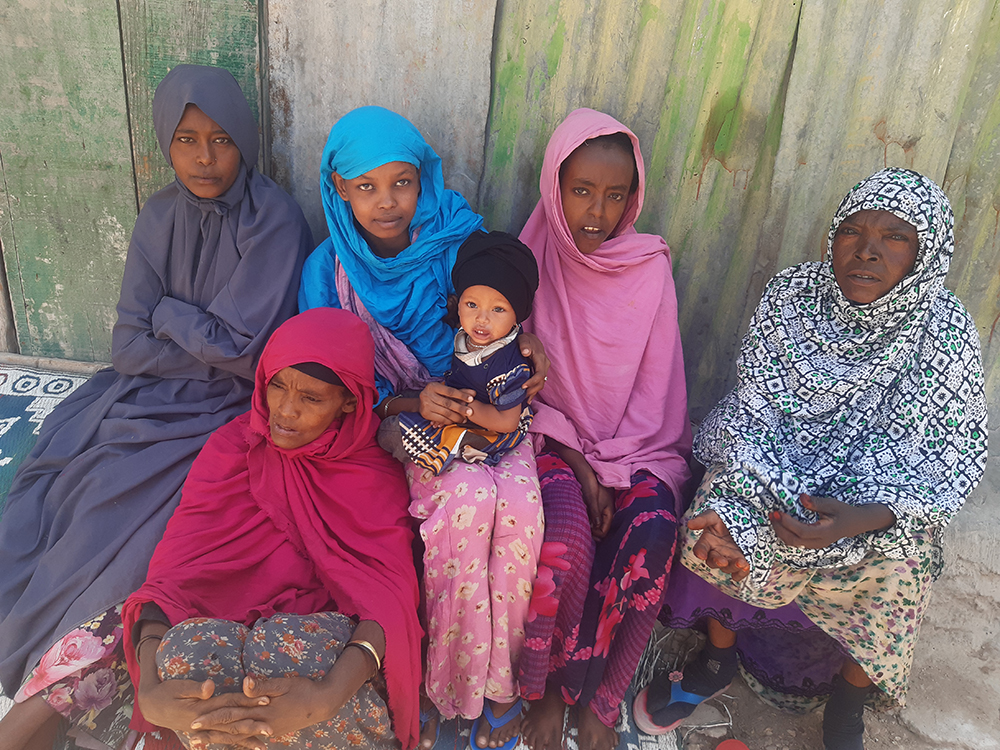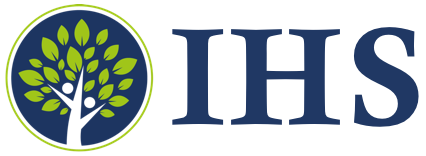Abaya Village
Promoting Livelihoods and Self-Reliance
Overview
The Right to Work for Refugees
Purpose: To ensure that refugees are protected, assisted effectively and able to achieve solutions.
Refugees are
- forcibly displaced people who need assistance in acquiring goods and services necessary for life;
- often face greater expenses than other urban poor because of costs associated with bribes which are often related to the lack of proper documentation;
- targeted by criminals who know they are less likely to seek recourse;
- more likely to rely on child labor and engage in risky coping strategies which include but are not limited to illegal and criminal activities such as prostitution, smuggling, etc.
Therefore, it is right and necessary to
- meet protection objectives;
- advocate for livelihood rights;
- support refugees in fulfilling these rights.
Livelihood programs that support refugees
- promote and preserve the use of existing skills and assets which can prevent households and individuals from slipping into poverty;
- enable refugees to support their own communities;
- increase the economic capacity of households;
- address host government concerns about the impact of refugees on city’s
- economic competition;
- existing resources;
- desire for all citizen’s pursuit of livelihoods;
- desire to restore the dignity and independence of refugees.
Introduction
This assessment concerns the refugee population in Hargeisa, Somaliland, who are the most vulnerable.
The Innovative Humanitarian Solutions (IHS) Somaliland project
- is designed to promote women empowerment through building capacity in terms of training, skill development, business management, advocacy and leadership skills, to mention a few;
- includes organizing women in an informal network/group to advocate effectively for positive livelihood changes;
- promotes women’s access to fundamental rights such as education, skill training and small business management.
This project proposal considers seven family assessments that represent the most vulnerable refugee families who are among the destitute members of the refugee community in Somaliland, Hargeisa.
General Objective
To provide support to the refugee population by offering skill-training that will lead to self-reliance and a better quality of life which will be equivalent to the life of the national population.
Specific Objective
The specific objective of the sustainable livelihood program is to reduce poverty and inequality
- by generating skilled employment among poor households;
- by moving highly vulnerable households into sustainable livelihoods and toward economic stability.
Minimum Criteria for Livelihoods Program
Criteria: Baseline Assessment
Requirements: IHS experts must conduct a socio-economic baseline assessment that will provide the basis for selecting interventions, targeting and that will determine indicators to measure impact on those who are suffering from poverty.
The baseline assessments will
- provide information on the existing socio-economic situation of refugees and, when possible, the surrounding local population;
- describe the entire economic picture of a range of refugee households;
- gather information on the interest and motivation of refugees to find self-employment.
Targeting
Targeting is the process of identifying the intended beneficiaries of a program and then ensuring that, as far as possible, the benefits actually reach those people and not others. Proper targeting links people with specific needs or capacities to programs most appropriate to their situation. Targeting may be needs based on the goals of the program. Participants for the livelihoods programs should be targeted on the basis of ability to make sustainable progress towards self-reliance.
General targeting is based on the vulnerability of those being considered for the program. Targeting for livelihoods programming is defined by the program objectives and focuses on those who both require support and have the potential to succeed.
Available Support
If operations needs support to make the case for sustained funding of livelihoods programs, IHS can supply presentations outlining livelihood programs’ impact.
IHS can provide technical support from the home office and through field staff to monitor the progress of livelihoods programs and make adjustment recommendations.
Practical Assessment
Assessments are to be conducted with regard to the policy environment and social processes that enable access to work and other livelihood opportunities in the refugee population and in terms of their-socio-economic status, i.e., the livelihood assets and strategies that households and individual men and women use to survive the protection challenges refugees face in urban settings.
Institutions and programs that support, or can potentially support, livelihood development and create economic opportunities in the hosting areas also need to be identified.
The results of the practical refugee family assessments are the following:
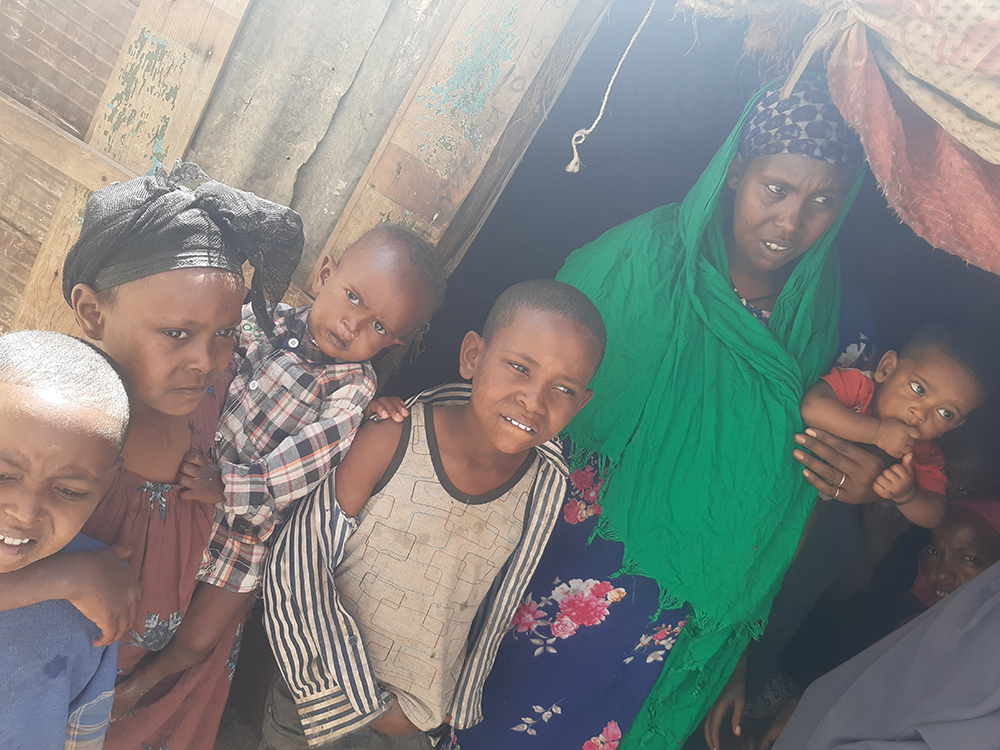
Assessment One / Family One
Hinda’s family is one of the most vulnerable urban refugee families in Hargeisa City.
Hinda has more than five children of her own and four other children from her sister who recently died in the tiny roof room where they were all living. Hinda’s husband, Abdimajid, does not have a job, so Hinda is trying to get additional money from Subsistence Allowance from the United Nations High Commission on Refugees by selling Qat in her house.
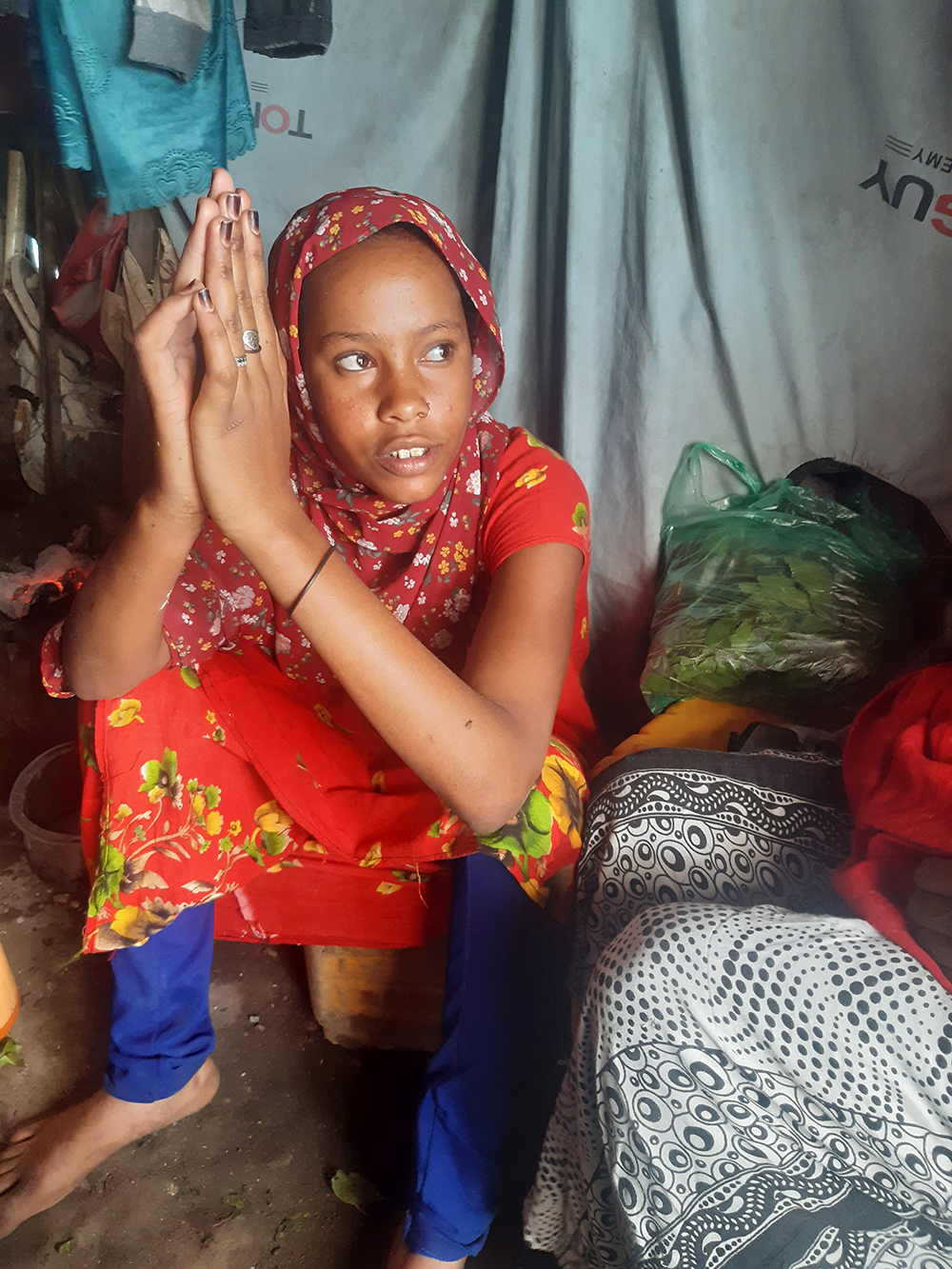
Hinda’s daughter Zemzem is 18 years old. Most of the time she does not go to school because she works. In fact, most of the vulnerable poor families from the area are sometimes out of food, which makes it difficult for students to go to school. During the assessment, Zemzem explained that she would like to be trained as a cake baker/decorator or a tailor to make clothes.
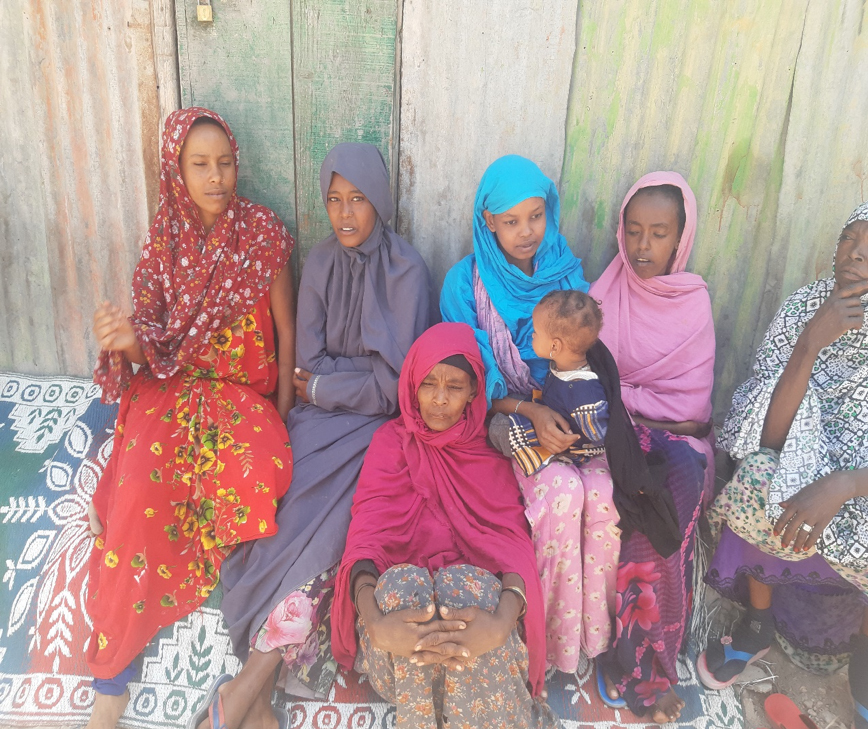
Assessment Two / Family Two
They have lived in Hargeisa as an urban refugee. family for more than fifteen years and are one of the most vulnerable families in the area. They have lived with these eight family members in a tiny old roof house. The income of this family that they collect at the end of the month is not more than $100 from UNHCR as their Subsistence Allowance.
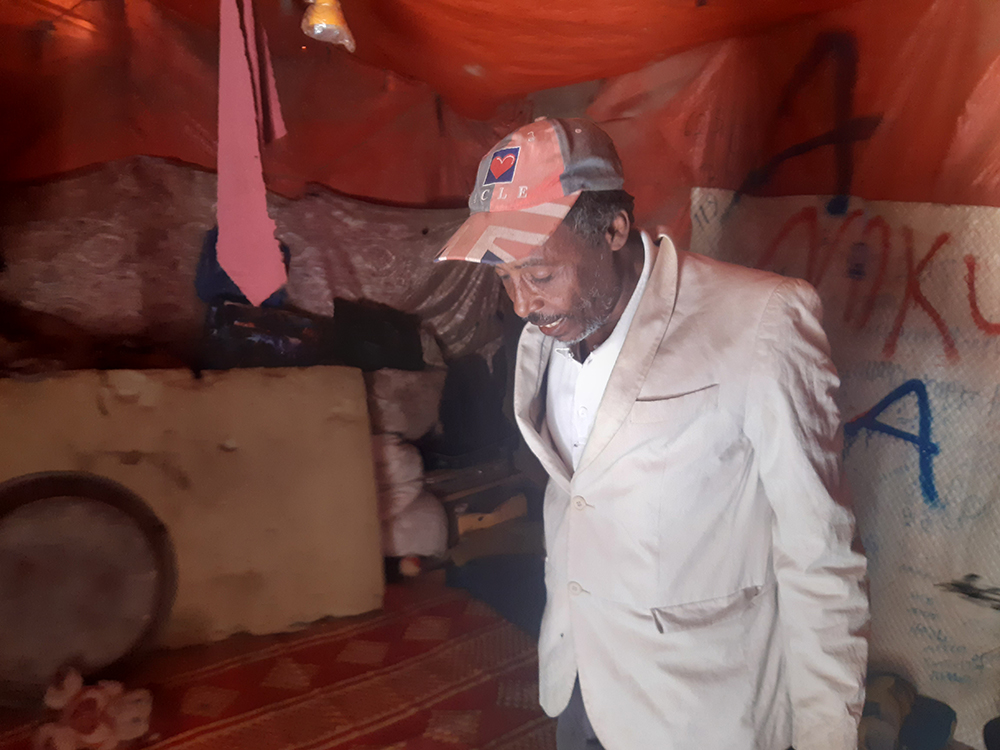
Efream is the husband of Seble. They have six children. He has not had a regular Job during his time as a refugee in Hargeisa. Sometimes he had an undesirable job as a citizen who digs toilet holes. This is one of the most dangerous jobs in Hargeisa. Many Ethiopians have died while they are digging the hole. The land has a sand-type character so there is always a big chance the sides will collapse while some of the workers are inside. The other common refugee job opportunity in Hargeisa is even worse. Sometimes Efreiam did this job to provide food for his family. The job is available when the toilet is full. Workers make a deal with the householder to remove the waste and replace the area with a new hole.

Sanjelin is Seble’s first daughter. She is 20 years old and is very interested in being trained in cosmetology. She wants to be self-employed.
Michael (pictured) is the second daughter of Sebles family. She is 18 years old and would like to be trained as a tailor. She wants to be self-employed.
Lule is the son of Seble. He is married to Sabountu who also wants to be a trained tailor. She would like to support her family too.
Hilegebreal is the fourth one in the house. He is 16 years old and stays mostly at home If he has the chance. He would like to learn some skills.
The remaining two daughters of this family are underaged
Assessment Three / Family Three
Roman has seven family members. Roman’s three daughters want to be trained in a skill.
Roman’s first daughter, Beza, is 25 years old. She would like to be trained as a cake baker/decorator or in cosmetology.
Roman’s second daughter, Youdit, would like to be trained in cosmetology.
Roman’s third third daughter, Meron, would like to be trained in cosmetology.
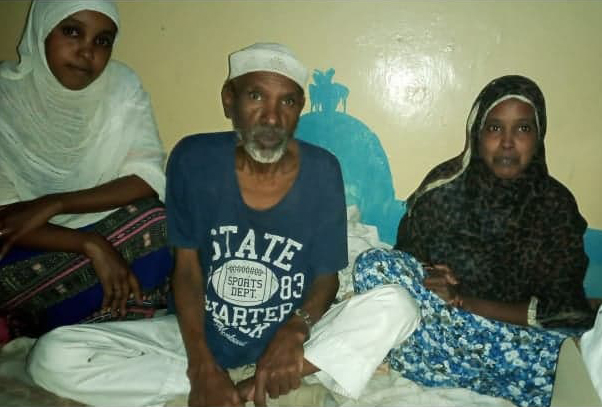
Assessment Four / Family Four
They are also a vunerable Somali residence. They are working as household servants and supporting their father. He is a patient man for a long period. Both of them want to be trained cosmetology.
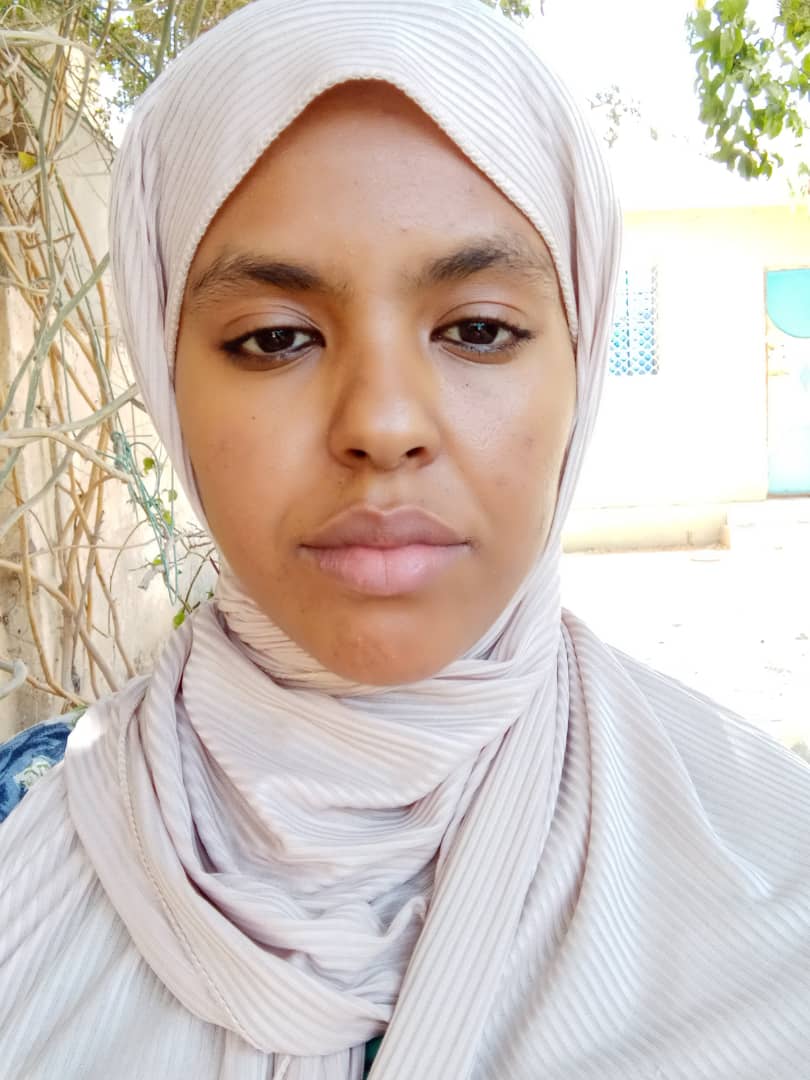
Assessment Five / Family Five
Hayat is a victim of human trafficking. She had several problems, but finally got a household servant job through a broker. She had been working for the last three years. Now she would like to be trained in cosmetology if she has an opportunity.
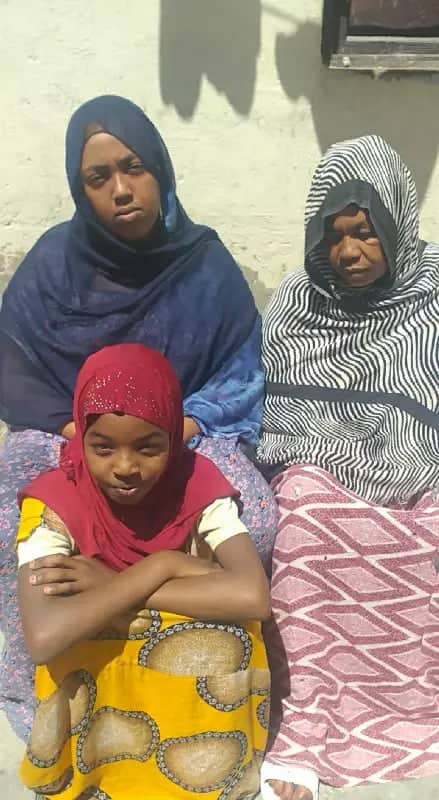
Assessment Six / Family Six
Umalkayr is 17 years old and Sabrin is 13 years old. Zahra has Subsistence Allowance from UNHCR and can pay half of the house rent. Even then she does not have enough money left for the remaining household expenses. Zahara has a health problem but she never sits in the house. She goes out early every day to find work, which is usually washing clothes in different houses. Her daughter, Umalkayr, wants to be trained as a skill tailor. Then she wants to be self employed and support her mom with the money she earns.
